The time when a customer used to receive a full game for a certain price is gradually passing by as more and more free-to-play games emerge on the horizon. This leaves developers to question how to make a game profitable without implementing a repugnant money-grabbing system. Like any intriguing question, it barely has a simple answer as there are still various examples of the games managing to stay relevant and highly lucrative, despite having a player-friendly monetization model. In other words, universally, the game needs to fit a narrow range where it has a moderate price, a loyal payment system that doesn’t affect the gameplay, and is diverse enough to maintain longevity.
It’s not a secret that the gaming market is growing rapidly fast nowadays. It will supposedly reach $108.9 billion in 2017 on all the platforms combined, which makes it extremely attractive for the developers. However, the financial success of games relies on choosing a proper business model for your product to make it appealing for a wide audience.
In order to shed some light on the market state, here is an overview of the most popular game monetization models and their earnings on PCs and consoles.
Free-to-Play
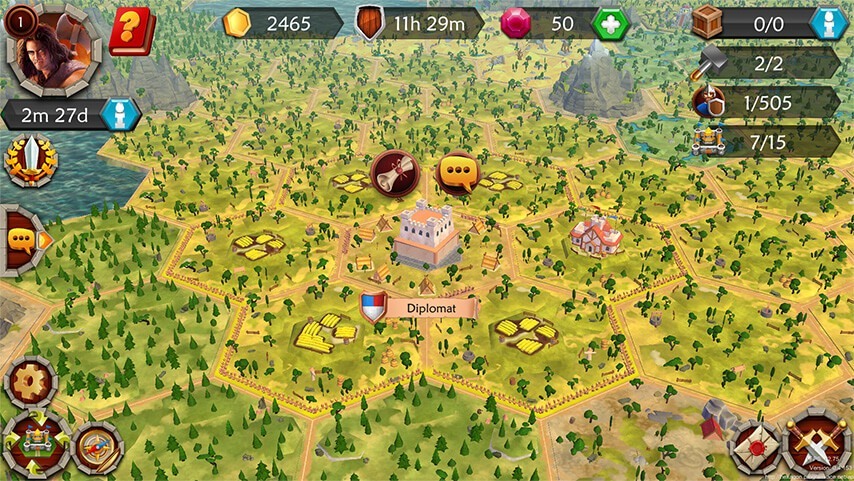
Free-to-play (F2P) MMO games are currently the sheer leaders in terms of generating the revenue as it has reached $18.6b in 2016 and is destined to grow up to $19.6b in 2017. A whole array of games that operate this business model are now topping all over the grossing charts, outweighing the competitors by a sizeable margin. However, within their own niche, there is a clear disparity on how to utilize the microtransactions and how they affect the gameplay. Does having a user-friendly approach create a benefit for a publisher or make it receive less money? Let’s check the F2P market out.
Free-To-Play with Unlockable Content

League of Legends (LoL) is a free-to-play MOBA from Riot Games originally launched in 2009 that is now considered to be a juggernaut among PC games. According to SuperData research, LoL has managed to earn more than $1.7b in 2016 and is still an undisputed leader in 2017 so far.
Being available to players from the start, the game utilizes one of the most popular game monetization models—cosmetic items microtransactions. This method mitigates any influence on the game process with the payments. The game also uses a progression system for the heroes where a new player starts with a limited pool of champions that he/she is encouraged to master. Each victory grants a certain amount of points that allows for buying a new character. However, if the player is already experienced enough in the game, there is still a possibility to buy all the locked champions with real money. So the advantages affecting the gameplay can also be earned by continually playing the game.
Pros: newcomer-friendly, instant access, huge e-sports potential
Cons: limited character pool, some cosmetic sets can be hard to adapt
Commonly used in: MOBAs, action-adventures, and first-person shooters
Free-To-Win
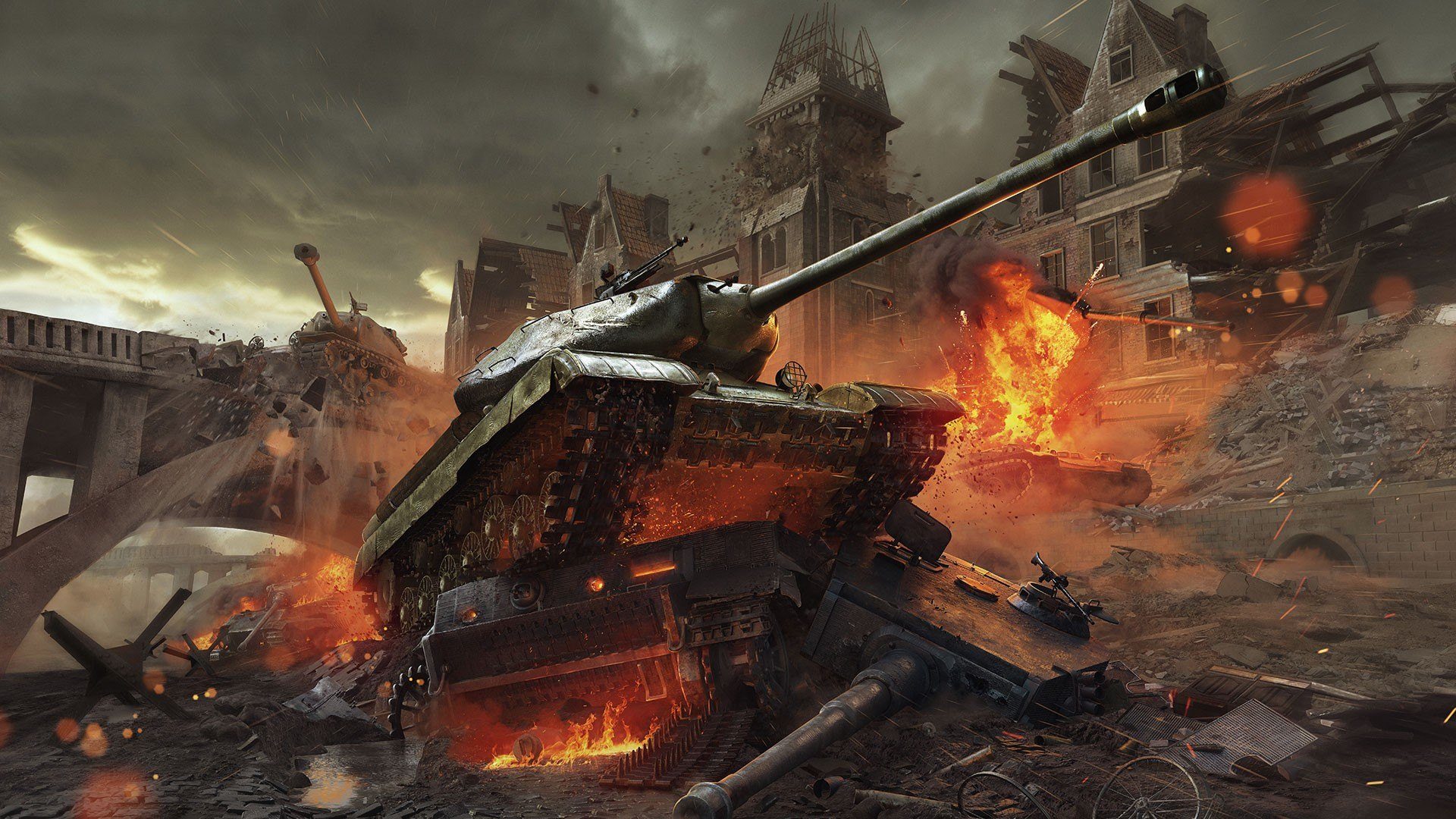
World of Tanks was released in 2010 by the Belarusian company, Wargaming, that features tank battles in a relatively narrow 1930-1960 time period. It only gets broader as the game develops, and more contemporary vehicles get added into the game. SuperData shows that the game was able to earn more than $400M in 2016 and is still firmly in the top 10 grossing games on PC platform and doing fairly decent on consoles. The developers claim their game uses a unique free-to-win monetization strategy. That basically means the match result only depends on the player’s skill, when microtransactions can only increase the speed of progression.
On the flipside, maintaining the vehicles fully replenished with consumables, keeping it fully repaired, and having the best shells require a lot of in-game currency that a player quickly runs out of. This makes a user unable to play at higher levels without spending a certain amount of real money to buy a premium tank or a premium account, which will make their game experience much better. Despite this game monetization model being rather unfriendly, an immense game popularity in the CIS region is easy to explain. The developers put unprecedented efforts into marketing promotion and the game is naturally easy to engage. On top of that, the population of former Soviet countries are far more interested in militarily-themed interactions than its Western counterparts.
Pros: all the consumables can be obtained by playing the game
Cons: requires real money investments at higher levels, repetitive gameplay, poor balance
Commonly used in: MMOs, first-person shooters, and action-adventures
Full Free-To-Play
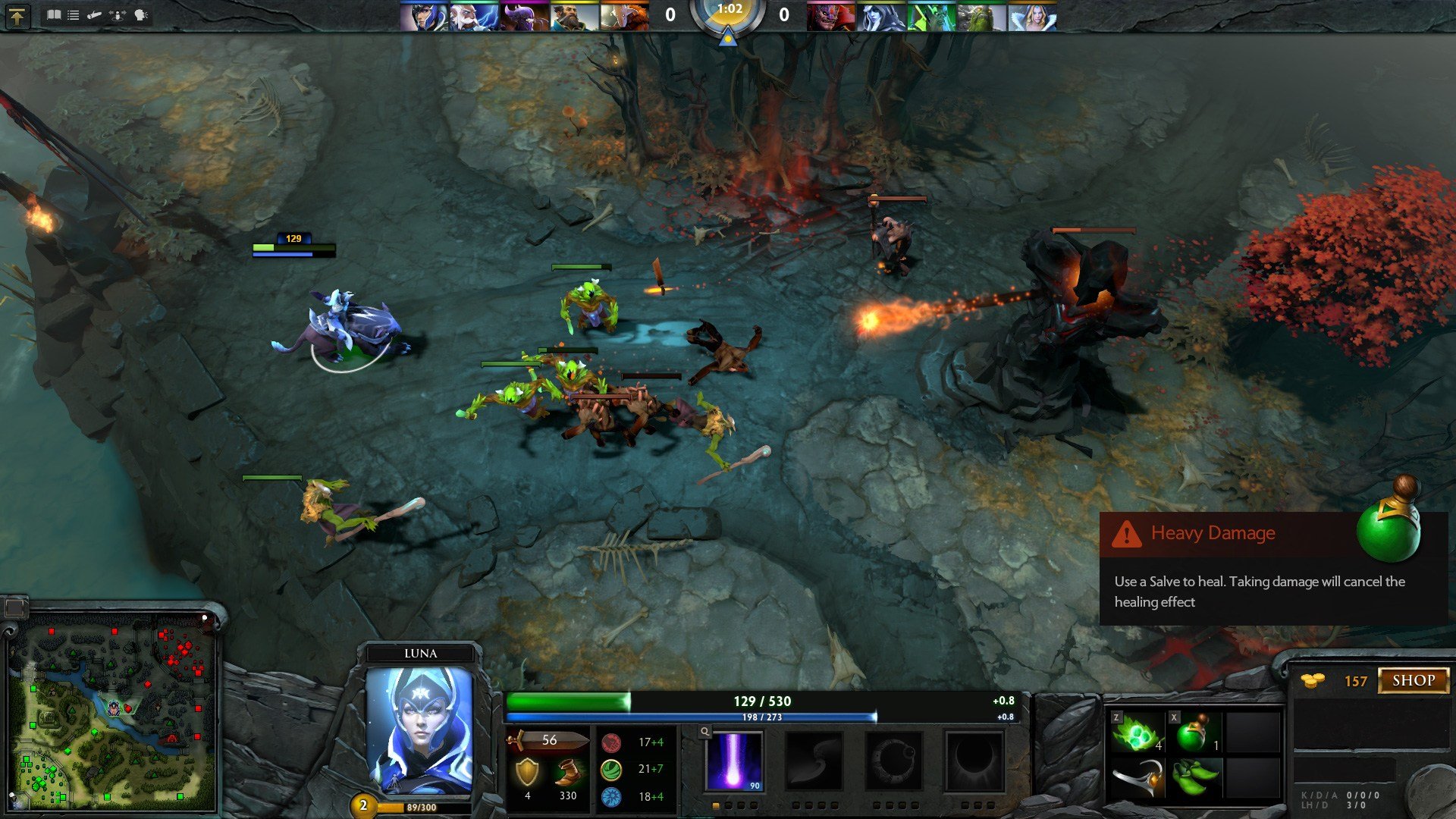
Dota 2 is a free-to-play PC-based MOBA game developed by Valve that was officially released in 2013 despite having been available to a broad public for almost 2 years since the launch. Dota 2 was among the leaders last year in the SuperData list with $260M earned in 2016, and despite having a slight slump in a current year, it is still lucrative enough to get regularly updated by Valve. The game has originated from Warcraft’s custom map which served as a progenitor for all the projects in this genre. Dota 2 utilizes a pristine F2P monetization strategy which made the game fully accessible from the start. It is free to download and a whole list of heroes and game modes are instantly available.
A business model revolves around selling cosmetic items, in-game tickets for e-sports tournaments, and interactive booklets called Compendiums that get released prior to the big e-sports events such as The International and majors. These virtual books serve as a great pivot for the game development since it not only allows for increasing the enjoyment of the game but it also spurs the players to contribute to the prize pool of their favorite tournament. Such a business model also encourages talented art designers to create spectacular cosmetic items that can be directly bought by players or be included in the chests from developers.
Pros: full access to the entire game, great revenue during big e-sports events, great incentives for independent cosmetic designers
Cons: no real incentive to develop a game apart from adding cosmetics, limited sources of receiving revenue
Commonly used in: MOBAs, first-person shooters
Pay-To-Win
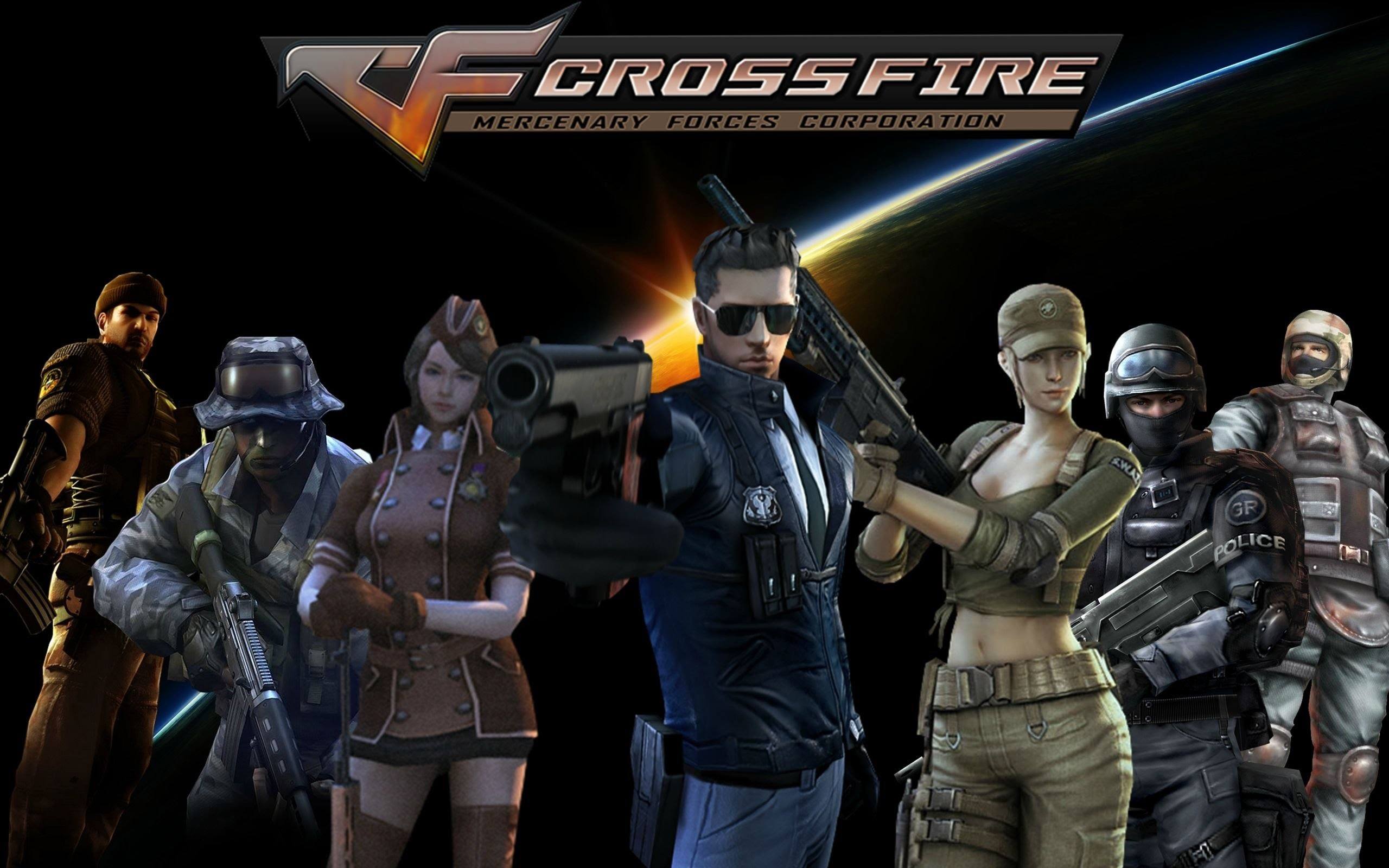
Crossfire is a free-to-play first-person shooter available on Windows PC, developed by the Korean studio SmileGate. It has been released to the Korean public in 2007 while the other countries had access to the game later via different distribution companies. With an amazing result of reaching $1.1b earning in 2016, this year Crossfire manages to keep up with competitors, being 5th among the others in recent months. However, this may change with the recent introduction of CS:GO to the Chinese region by Perfect World. The game is very reminiscent of Counter-Strike and hasn’t really evolved in terms of gameplay apart from implementing a number of other game modes.
Despite being one of the top-grossing games in the industry, Western gamers aren’t very familiar with the product. That makes sense since the business model might seem repulsive to them. Not only does the game endorse you to buy the items to gain an advantage in combat but many of them are only obtainable with real currency. Such a system makes it impossible to fully rely on your skills and accuracy to come out as the victor in a battle. This leans the game toward an infamous category of being in a pay-to-win area that encourages a player to donate money to stay competitive. On the bright side, the game is very easy to start for new players since the gameplay is utterly simplistic and it can run on “outdated” PCs. It also doesn’t require a fast Internet connection, which is fairly vital for players from the Asian region.
Pros: low entrance threshold, still relevant in Asian region
Cons: heavily unbalanced, poor graphics, dependency on real money
Commonly used in: first-person shooters, MMOs
Pay-to-Play

While free-to-play games are advancing through the market, there are plenty of products that still rely on a customer to pay a retail price to get an access to it. Of course, it’s not an easy thing to make players open their pockets wide and give you the money before they try the game out. But still, many titles manage to deal with this problem and earn a lot of bucks. Let’s take a look at some of the most frequently-used monetizing techniques by publishers to sell their games for a set price.
Pay-to-Play with Subscription
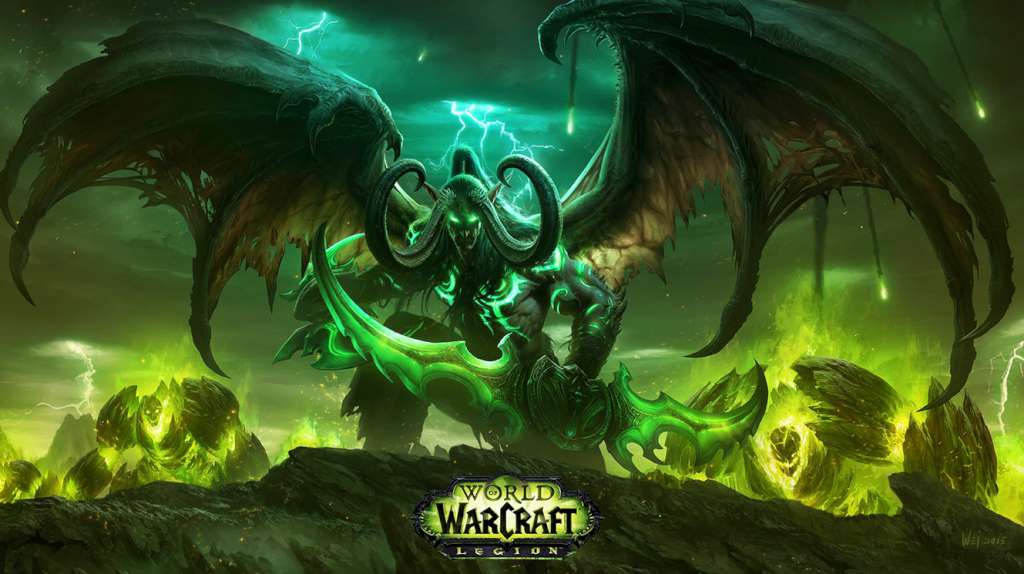
World of Warcraft or WoW for short, an MMORPG PC-based game published by Blizzard Entertainment in 2004, is now one of the last moguls in the game industry that still sticks to a pay-to-play strategy with a monthly subscription fee. WoW instead utilizes a unique method of game distribution that grants a hefty revenue amount at each new expansion release date, and with the recent Legion expansion, the game was supposedly sold in 10M copies. Furthermore, WoW manages to earn roughly $600M a year only by selling monthly subscriptions and reached the high spot in September’s charts of this year. The game has earned more than $10b since its initial launch in 2004, making it one of the top-grossing games in history. The project has seen a long history with an addition of many expansions throughout the game lifespan; however, the game’s popularity has been steadily declining since 2011 when its peak has been reached.
For a long time, the game’s price was a passive threshold for keeping a less mature audience away from the community. The product’s end quality, amplified by a beautiful lore and terrific community, was well worth the money spent. However, the repetitive nature of WoW and the limitations of an outdated engine only added concerns about the game, providing enough facilities for its price. Even despite the addition of microtransactions, the game managed to preserve the gameplay being completely uninfluenced by this factor. You can only buy a few cosmetic mounts that have the same stats as the regular one and to level-up a character to a higher level that is still a minor thing, since leveling in WoW has become very fast and simple as of late.
Buying a basic game plus the latest expansion also doesn’t add up to its marketing attractiveness let alone paying $15 on a monthly basis just to be able to log into the server. Despite Blizzard showing noticeable attempts addressing the monthly fee topic by implementing the possibility to pay for it with an in-game currency, the vast majority of players still can’t afford it due to the extreme time consumption it requires. The game, however, has a trial mode for new players that is limited to a 20-level maximum threshold and other various restrictions that can get a player acquainted with the game.
Pros: game retail price server as a great filter for community, subscription model spurs developers not to abandon the game content release
Cons: trial period is too meager to attract a player, game price and a subscription fee may be too expensive for a group of people
Commonly used in: MMORPGs
Pay-to-Play Plus Skins
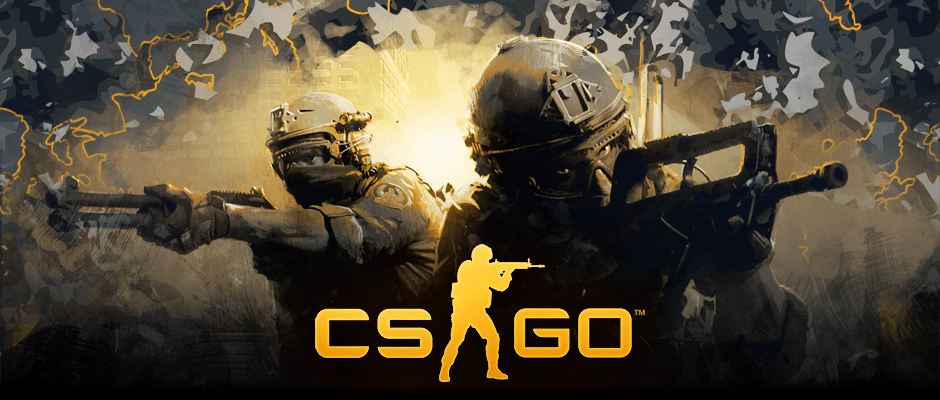
Counter-Strike:Global Offensive (CS:GO) is a successor of a wildly popular CS 1.6 from Valve that was released in 2012 for both PC and past generation consoles such as Xbox 360 and PlayStation 3. In 2016, CS:GO’s virtual goods market was estimated to handle around $5 billion which easily overpowers Valve’s income from selling the game itself. The whole skin trading in CS: GO is now a standalone ecosystem that generates an immense revenue for both Valve and third-party companies that utilize gambling-related and skin-trading sites. It creates an amusing situation when a game is retailed at a certain price but its major part of revenue comes from case openings and skin trading as Valve owns a Marketplace, which serves as a huge trading platform for the users. However, due to a substantial amount of complaints about third-party gambling companies taking advantage of players by fixing the drop chance and using malware to steal users’ digital goods, Valve has taken steps to prevent a whole array of sites from using their Steamworks and API. Despite such intricacies, Counter-Strike:Global Offensive managed to earn $257.2M in 2016 and still maintains a stable position among the top 10 top-grossing games in 2017. The game was developed in a close cooperation with professional CS 1.6 players who managed to put their stamp on it, which resulted in the addition of the competitive mode. The retail price is established at a very fair $10 and, like another Valve product mentioned above, Dota 2, it also provides a full array of the maps, game modes, and weapons for a player while the only things that can be purchased with real money are cosmetic skins that don’t have any influence on the gameplay. The game also features seasonal operations that last for a certain period of time and give access to medals, coop missions, and new skins.
Pros: immense e-sports potential, easy to engage with new players, low game price attracts players
Cons: third-party sites steal a lot of potential revenue
Commonly used in: first-person shooters, MOBAs, survival games
Pay-to-Play plus DLC
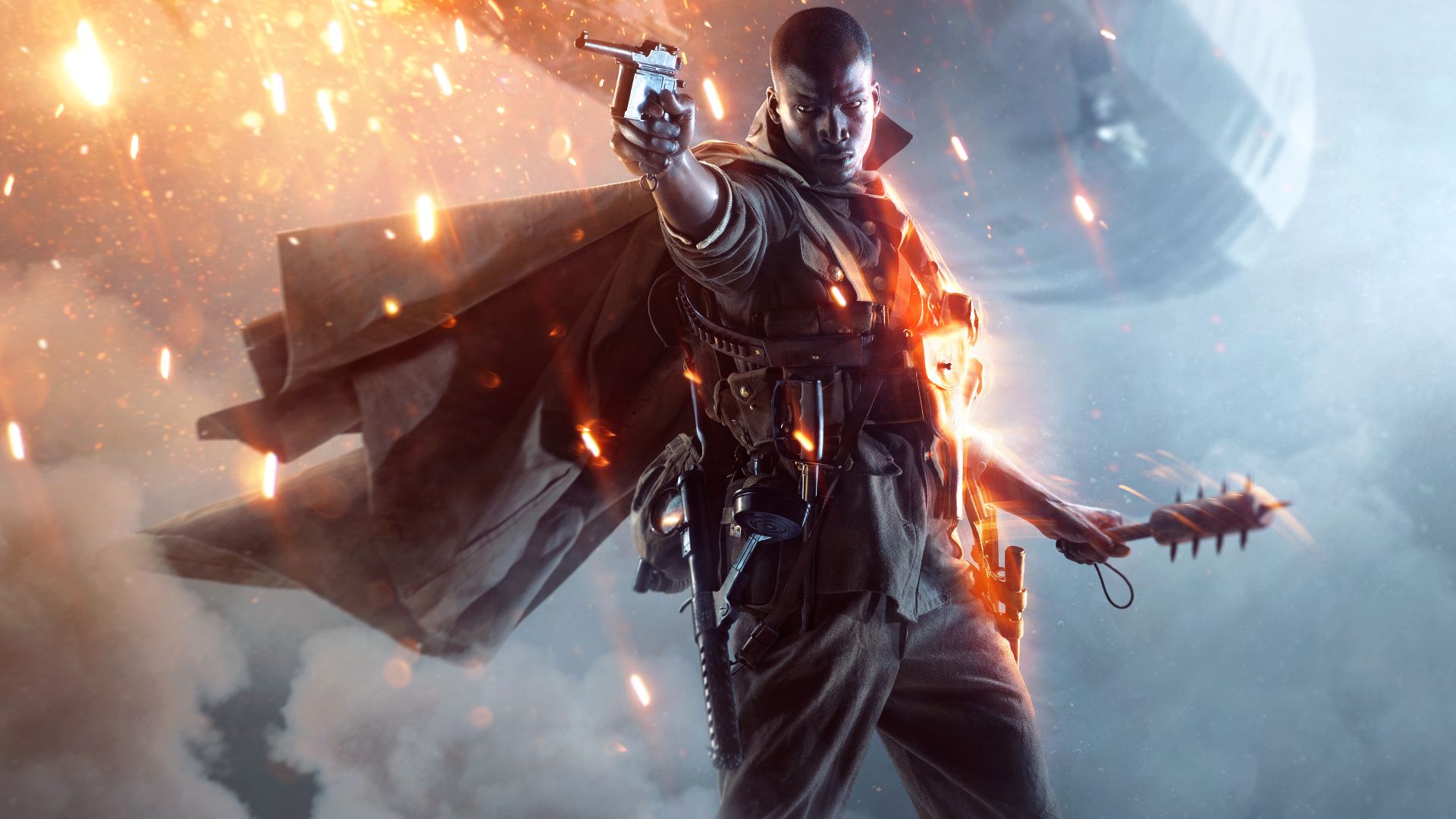
Battlefield 1 is a first-person shooter developed by DICE studio that was brave enough to convince Electronic Arts (EA), their publisher, to release the game in a WW1 setting in 2016 on both PC and consoles. And the risk has paid off big time as more than 19 million copies of the game have been sold, allowing EA to earn supposedly more than $2b so far according to Superdata research, not counting the revenue from the DLC packs and still maintains decent sales figures on consoles, according to EA’s financial year report. The game uses the same distribution model as its franchise predecessors, charging a full price for a base game that gives an access to a basic pool of maps and weapons, while the rest of the game content gets released in DLC over time and is either instantly available for premium players or purchasable for a fixed price per each content pack. The game also possesses an attractive feature for the newcomers – a trial period which allows for playing the basic version of the game. It might be enough to showcase the graphics and the general gameplay concepts. Despite the game’s price is fairly high, it still maintains high sale numbers with each game in a franchise, managing to stay highly lucrative. However, EA has also been affected by the market shifting towards microtransactions, so the upcoming Battlefront 2017 game will let players buy loot boxes that will serve as an alternative source of revenue. Such approach is designed to make all the DLC packs free for players. However, this fact has raised a lot of concerns among the fans as the loot crates are meant to be the only way of player’s progression which, from a developers’ perspective, will keep buying the loot crates incentive enough for the players. It creates a dangerous precedent for the gaming industry to get away with charging a full price for the game while still allowing the players, who invested more real money, to gain a sizeable advantage in the game. Luckily, these complaints were eloquently raised during an open beta phase, and the developers will be able to redesign their very own pay-to-win reminiscent model into something better.
Pros: such games show great sale numbers during discount periods, sizeable revenue at release and from pre-order
Cons: high game and DLC packs price builds a paywall between playerbase and also prevents new players from joining
Commonly used in: first-person shooters, MMOFPSs, adventures, sports games
Full Pay-to-Play
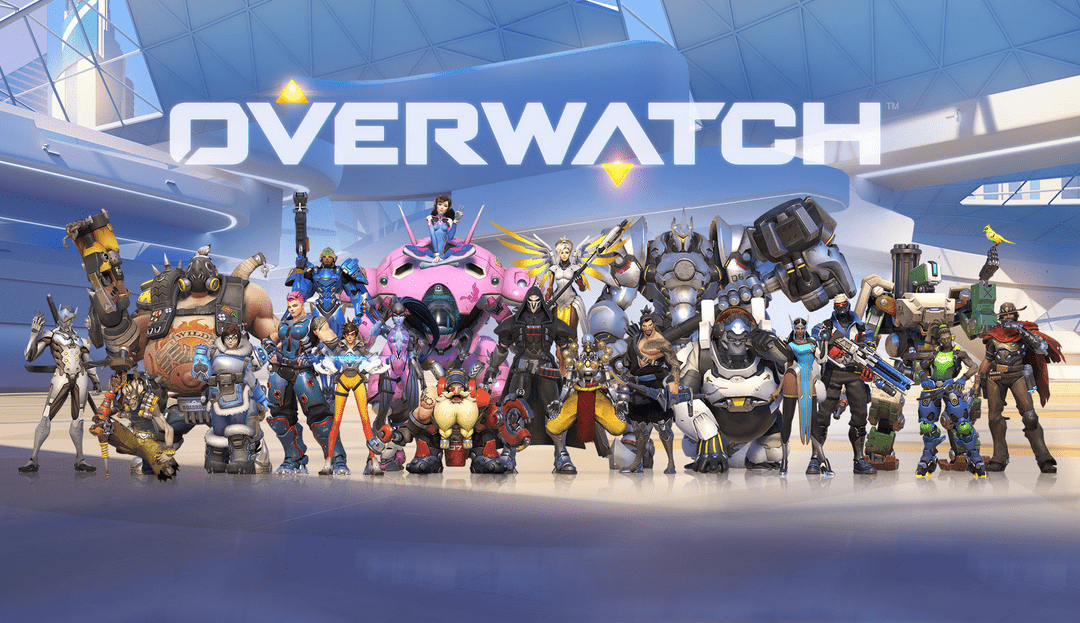
Overwatch is a first-person shooter developed by Blizzard Entertainment and published in 2016 on PC and console platforms. The game feels uncontested among the rivals that use the same video game monetization model as it more than doubles CS:GO’s revenue by earning $585.6M in 2016. Moreover, it shows no signs of slowing down, maintaining stable earnings throughout a current year as well. Overwatch only requires the player to buy a game and a whole lineup of maps, weapons, and characters become instantly available. The only feasible progression in the game is the character skins that don’t have any effect on the game and can both be earned by continuously player matches or buying with the real money. It doesn’t come as a huge surprise that Overwatch has been warmly received by both the gaming press and the players who still appreciate a well polished and customer-loyal game that allows everyone to pay a certain amount of money and receive a solid product with a lot of free downloadable content and regular events.
Pros: praise from game reviewers and players, a big incentive to incentive to design spectacular cosmetics
Cons: no real way of monetizing the game after it’s bought apart from selling cosmetic items
pros: praise from game reviewers and players, a big incentive to incentive to design spectacular cosmetics
Commonly used in: first-person shooters, RPGs, MMORPGs, RTSs, sports, racing, and fighting games
What’s Better?
This leads us to the conclusion that, despite a substantial number of publishers that still manage to keep their pay-to-play games highly lucrative, there is a steady tendency of more and more games transitioning to the free-to-play territory as this marketing approach is poised to reign supreme in the nearest future. This method has clearly shown us during a current decade that bigger revenues are in a straight dependency with the games’ accessibility and longevity. Another factor to keep in mind is the players’ mentality that heavily varies depending on the region, which allows more addictive, time-consuming free-to-play projects to excel in Asian and CIS regions while Western customers demand their games not to be confined with the microtransactions and grinding. Asian gamers also generate more revenue than all the other players combined, which may only endorse game developers to lean towards free-to-play projects.
Moreover, having a game available for multiple platforms also has a major impact towards its revenue, as more and more people across the planet gain an access to either a PC, console, or mobile device.
As a result, there is no clear winner when it comes to defining the best game monetization model. Luckily, the examples of other companies’ aspirations may help to mitigate the risk, as there is still no remedy from failing. Having a good business hunch and knowing your end-user will always be the key on how to cater to both a player base and your wallet.
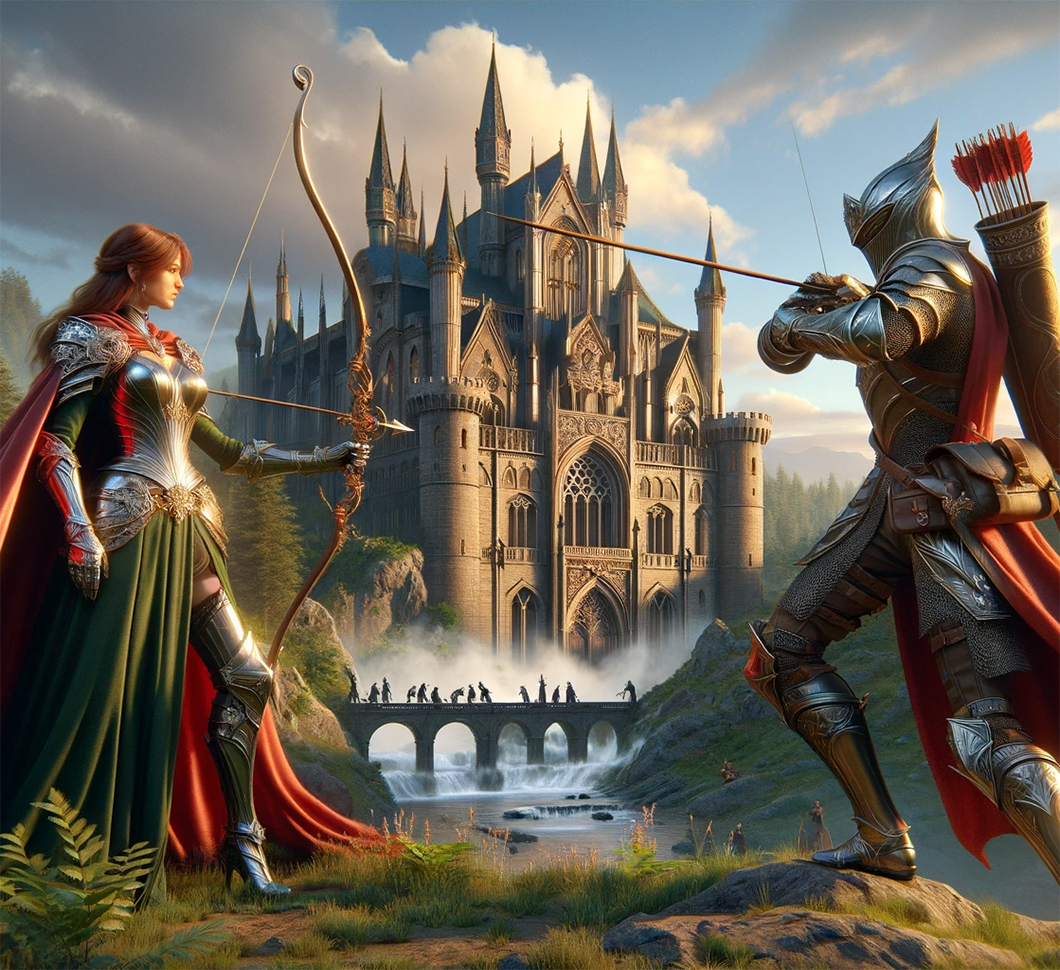 How Can Different Video Game Art Styles Enhance Your Project?
How Can Different Video Game Art Styles Enhance Your Project?  The Quest for Excellence: Unveiling the Best Gaming Platforms of Today
The Quest for Excellence: Unveiling the Best Gaming Platforms of Today  How to Design Weapons for Games: A Guide to Unforgettable Arsenal
How to Design Weapons for Games: A Guide to Unforgettable Arsenal 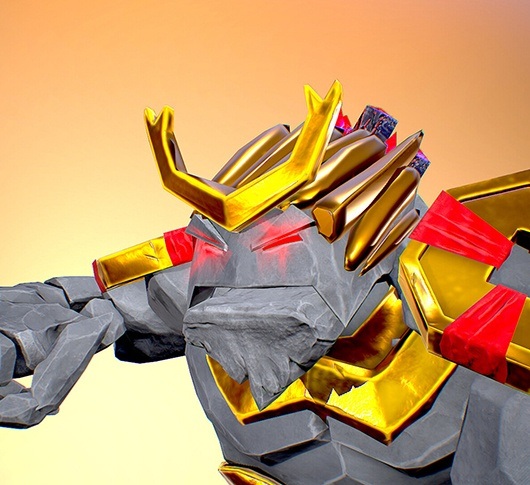 The Magic Behind NFT Game Characters
The Magic Behind NFT Game Characters 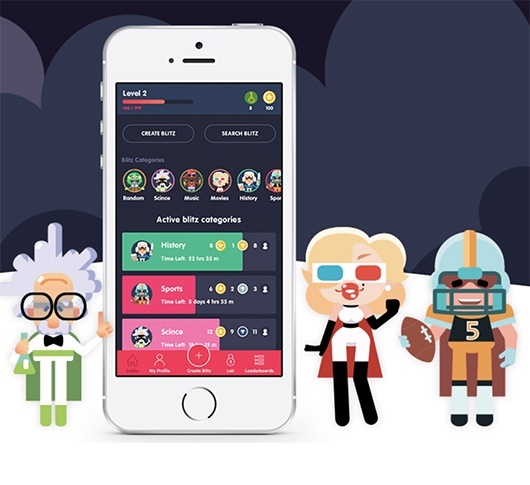 Mobile Game Design: Best Practices and the Workflow
Mobile Game Design: Best Practices and the Workflow 







